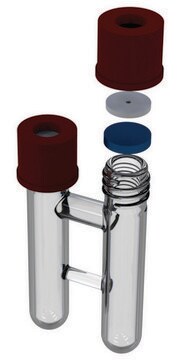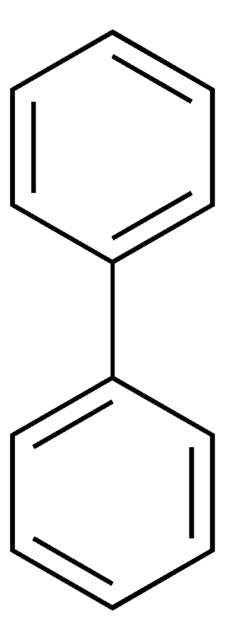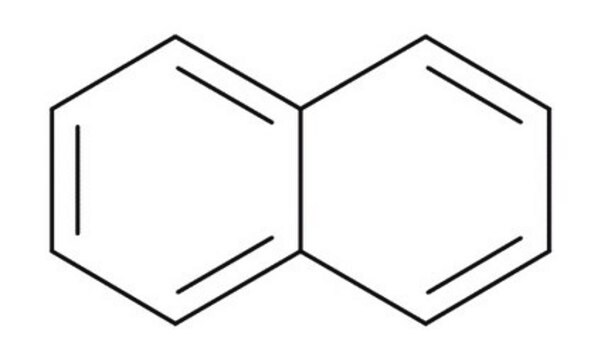01422
Melting point standard 79-81°C
analytical standard
Synonym(s):
Naphthalene
About This Item
Recommended Products
grade
analytical standard
vapor density
4.4 (vs air)
vapor pressure
0.03 mmHg ( 25 °C)
autoignition temp.
978 °F
shelf life
limited shelf life, expiry date on the label
expl. lim.
5.9 %
bp
218 °C (lit.)
mp
79-81 °C (±0.3°C)
80-82 °C (lit.)
application(s)
food and beverages
pharmaceutical
SMILES string
c1ccc2ccccc2c1
InChI
1S/C10H8/c1-2-6-10-8-4-3-7-9(10)5-1/h1-8H
InChI key
UFWIBTONFRDIAS-UHFFFAOYSA-N
Looking for similar products? Visit Product Comparison Guide
General description
Application
Additionally, this mp standard is also used as a temperature calibration standard in thermal studies.
Features and Benefits
- Melting point calibration standard traceable to primary standards (LGC, London)
- Grade: Analytical Standard
- Standard deviation up to ± 0.3 °C
- Provided with certificates of analysis and safety data sheet
Signal Word
Warning
Hazard Statements
Precautionary Statements
Hazard Classifications
Acute Tox. 4 Oral - Aquatic Acute 1 - Aquatic Chronic 1 - Carc. 2 - Flam. Sol. 2
Storage Class Code
4.1B - Flammable solid hazardous materials
WGK
WGK 3
Flash Point(F)
173.3 °F - closed cup
Flash Point(C)
78.5 °C - closed cup
Personal Protective Equipment
Choose from one of the most recent versions:
Already Own This Product?
Find documentation for the products that you have recently purchased in the Document Library.
Customers Also Viewed
Protocols
GC Analysis of PAHs on SLB®-5ms
US EPA Method 610 describes the analysis of polynuclear aromatic hydrocarbons (commonly referred to as PAHs or PNAs) by both HPLC and GC.
HPLC Analysis of PAHs on SUPELCOSIL™ LC-PAH
Technical article page on -US EPA Method 8015 (modified): GC Analysis of Gasoline Range Organics (GRO) on Equity®-1 after Purge & Trap using "M" Trap
Our team of scientists has experience in all areas of research including Life Science, Material Science, Chemical Synthesis, Chromatography, Analytical and many others.
Contact Technical Service












